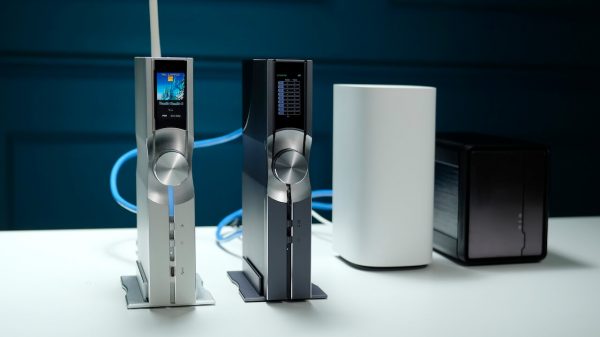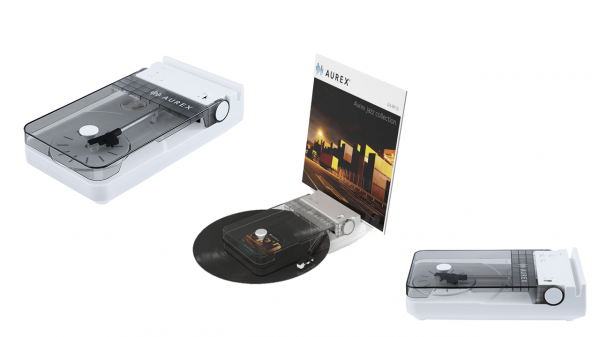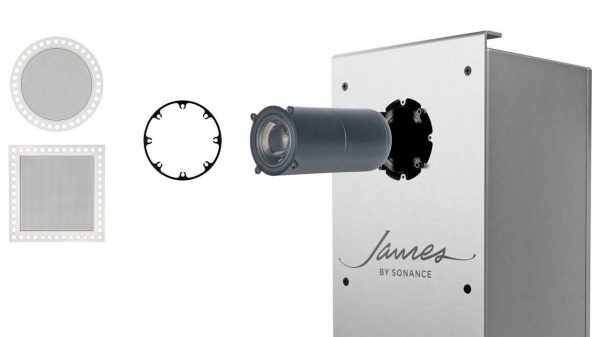Today technology is growing by leaps and bounds. Virtual servers, fast terabyte-capacity disks and many more such advancements have all served to cope with the rapidly-increasing amount of data that needs to be managed, accessed and stored. Of necessity backup solutions have had to keep pace so that this proliferation of data will be quickly retrievable in case of disaster. A constant problem which must be addressed in a feasible manner is this ratio: the larger the quantity of data, the longer it takes to back up.
Because of the sheer amount of data needed to be stored and the time required for backup, fast data transfer rates are constantly being addressed. While advances such as Network-Attached Storage (NAS) have greatly assisted in dealing with this problem, one basic hindrance to fast data transfer is a disease known as file fragmentation. When one is dealing with gigabytes of data in files that might exist in tens, hundreds or even thousands of fragments, the I/O and network traffic necessary to access the data and transfer it is considerably–and unnecessarily–increased. An expensive state-of-the-art backup system is almost being wasted in such a case.
Many sites have become wise to this problem and have implemented fragmentation solutions, scheduling defragmentation so that the data being transferred is defragmented beforehand. This will mean less fragments and data is accessed and transferred faster. But new problems are now arising, such as volumes which are being constantly accessed 24X7; when can a defragmenter be run so it won’t impact users? Additionally, if a defragmenter is only being run periodically, what is occurring between runs, and is the defragmenter really putting a dent in today’s frantic rates of fragmentation? Such issues bear examination if storage is to continue to occur in a timely manner.
The most efficient compliment to today’s production and storage systems is a defragmentation solution which requires no scheduling and which will run transparently and consistently in the background, causing no impact on system resources. With such a solution, drives are kept free of the fragmentation disease and when backup occurs, transfer rates are at an optimum level. A site would also benefit from a solution which consolidates directories, as during the backup procedure these are being accessed as well.
The bottom line: a vital component to state-of-the-art computer systems and storage solutions is also state-of-the-art defragmentation technology.























